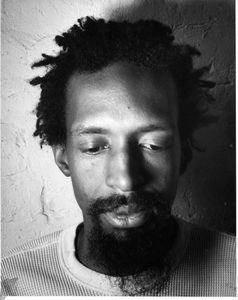Il trailer di ASFALTO CHE SUONA, il 29 Febbraio 2024 in prima visione assoluta al SEEYOUSOUND Festival. Ci vediamo e sentiamo lì!
Un film di Roberto Delvoi Un viaggio romanzesco viaggio attraverso l’audace e sperimentale mondo della collana di musica (anti)classica 19'40". I fondatori Enrico Gabrielli, Sebastiano De Gennaro e Francesco Fusaro, assieme al direttore d’orchestra Marcello Corti, raccontano il proprio lavoro in un documentario on the road, il quale unisce performance dal vivo, registrazioni in studio e viaggi rocamboleschi attraverso l'Italia. Passando dal fascino delle colonne sonore dei videogiochi alla ricercatezza della notazione grafica, dalla poesia della chanson francese fino a giungere all'eleganza della musica classica, Asfalto Che Suona è l'esplorazione di un percorso musicale senza confini di genere e stili. Roberto Delvoi è un regista italiano. Nel 2017 fonda Ipnose Studio, specializzato nella realizzazione di video commerciali ed aziendali. A partire dal 2018 dirige i cortometraggi Aktionist, seguito poi da Ou Peut Le Fair - Ben Vautier Et Ses Vérités e Eric Andersen: Story of Fluxus and The Banner. Il suo primo lungometraggio è Conz - L’ultimo collezionista (2021).






































